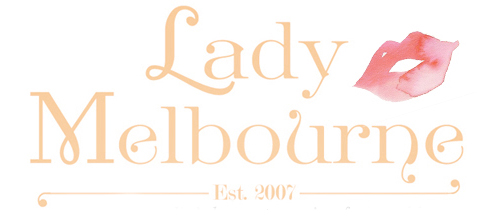Here is a little article I wrote on clothing sizes in Australia for another publication.
Before the idea came across my desk I wasn’t entirely aware of the fact that there is no standard for clothing sizes in the Australian textile market. When I did a quick vox pop of my friends I was amazed to hear that most of them varied wildly in ‘size’ depending on the label.
It got me thinking about how much our self esteem is linked to the size on the tag of what ever it is we are wearing.
I’d love to know what you all think.
‘Erin McGowan wanders through the sale racks at Myer, eyeing off dresses and skirts that hang on rails marked by size.
She heads for size 12 and selects a silk dress, holding it up to her slender frame in front of the mirror.
“It’s a shame, it won’t fit me though, not in this brand,” said Ms McGowan who regularly fits a size 10-12.
“I can vary from a size 8 (Valleygirl/Temt) to a size 14 (Betinna Liano) in jeans. In other forms of clothing there is no consistency. I can be a small, medium or large in different brands,” she said replacing the dress and heading away.
Australian women face this problem everyday in shops all over Australia, as there is no standard clothing size used in the Australian fashion industry.
Kate Brown, a journalist who participated in a recent CHOICE study into national clothing size standards, said that shopping can be an emotional roller coaster for women when trying on clothes.
“I do worry about the effect sizing can have on young women – to find out you don’t fit into some designers ‘vision’ of what they think is the norm could have a devastating affect on self esteem and a healthy body image,” Ms Brown said.
Editor of Ragtrader Tracey Porter however thinks that the fashion industry can’t be held responsible for Aussie womens’ self esteem.
“In reality, fashion businesses like all commercial entities have the right to target whomever they chose with their product,” Ms Porter said.
“Whether they risk alienating a particular consumer segment or miss out on sales as a result of their decision is a risk they have to take,” she said.’
